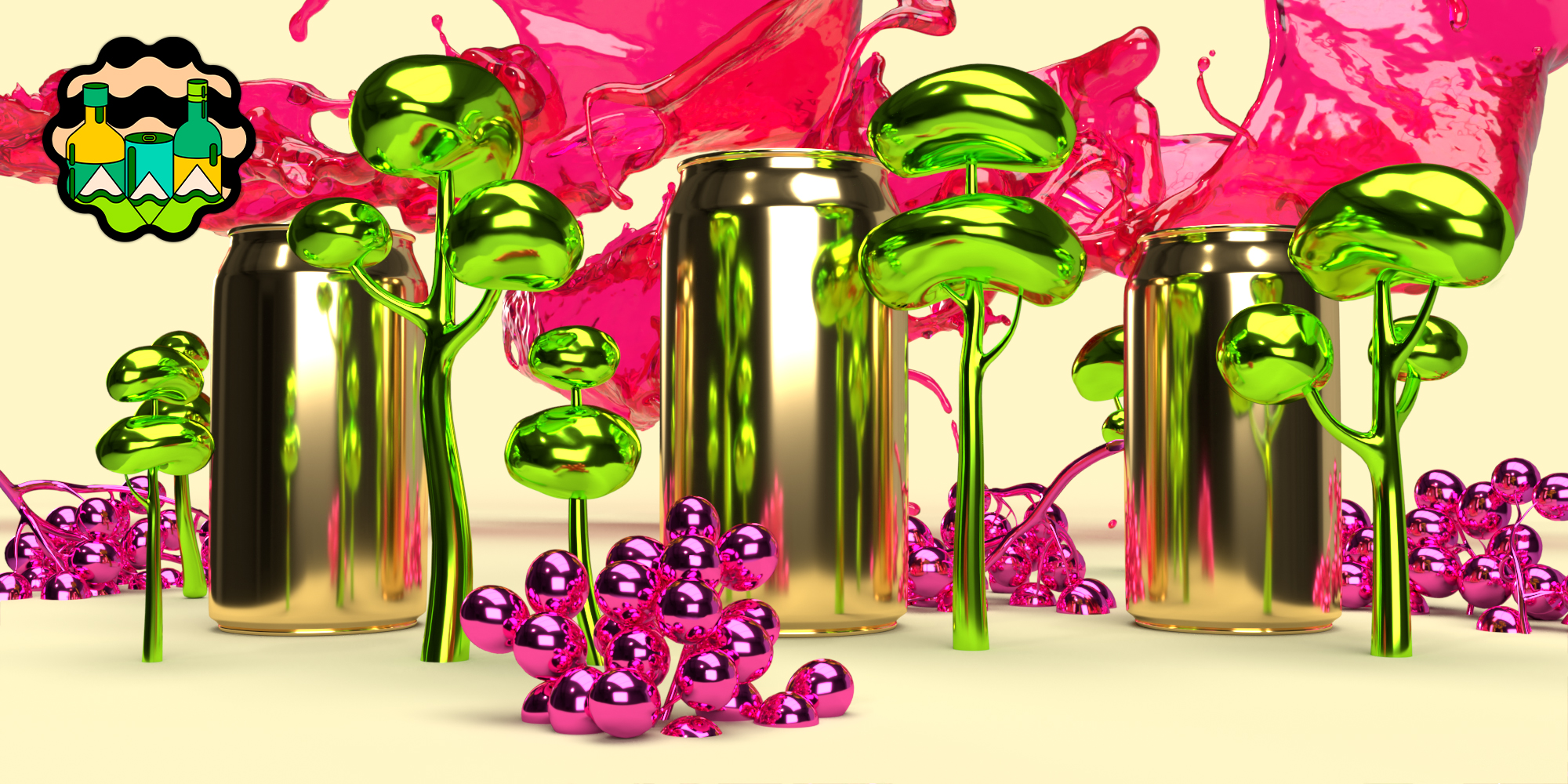Sustainability is a buzzword in every industry, sustainability in the wine world comes down to the packaging just as much as the wine itself. And though glass may appear to be the better option, those pretty bottles you keep long after the wine has been consumed are actually not that great for the environment.
All the ways wine can be packaged, “glass is the worst”. And although age-worthy wines may require glass packaging, there’s no reason that young, ready-to-drink wines (which are the majority of wines drinkers consume) couldn’t be packaged in other materials.
A material’s ability to be recycled is an important consideration — and glass does not stack up well against its competitors, especially aluminum. Recycling aluminum is significantly easier than recycling glass. Maybe a third of the glass in your glass bottle being recycled. Cans and cardboard boxes, on the other hand, are easier to smash and break down, respectively, making them simpler for consumers to dispose of properly.
Then comes the transportation factor. Bottles are fragile, which means they require a lot of extra packaging to be shipped without breaking. This packaging often includes Styrofoam or non-recyclable plastic, leading to the emission of even more greenhouse gases in the production of these materials and more waste that consumers don’t even think about while perusing their local wine shop. Cans and boxes are sturdier and less fragile, meaning they don’t have the same problem. Finally, shipping exceptionally heavy boxes of glass bottles requires more fuel for transportation, which adds even more greenhouse gas use to a wine bottle’s carbon footprint. Once you add all those factors up, it becomes increasingly clear that glass bottles just don’t make sense from a sustainability standpoint.
It’s not yet completely clear whether cardboard boxes with plastic bags or aluminum cans are the better option.
Aluminum cans also raise potential problems. A thin layer of film is required to protect any canned beverage from contact with the actual metal, and that film can get scratched. When that happens, SO2 (also known as sulfites) can interact with the aluminum and produce a potentially harmful compound called H2S, which smells like rotten eggs. Clearly, this is an issue winemakers want to avoid. But aluminum cans also provide a real benefit on this front: “If you can your wine, you don’t have to use the same level of sulfites to protect the wine because cans completely protect from oxygen. It’s an additional interesting factor to avoid that negative H2S production.” As wine that’s lower in sulfites becomes more popular among consumers, packaging wines this way can clearly be beneficial from a sales and branding perspective as well as being a more eco-friendly option.
Most winemakers want to produce the most sustainable wine possible, but they also have to make a profit, and consumers are still hesitant to give up bottles in favor of cans or boxes. There is still a stigma around boxed wine, but that’s fading as more people realize that there are premium wines being packaged in box that taste as good or better than the glass brands that they’re used to buying. The fact that the reduced production cost of boxed and canned wine often translates into lower prices for consumers could be an incentive as well.
Maker, a canned wine company, is working to change wine drinkers’ perceptions about canned wine by packaging high-quality wines from small producers who may not otherwise have the means to can their wines.
With more winemakers taking the leap into canned and boxed wines, there’s a good chance that consumer perception will start to shift. But it’ll take dedicated, forward-thinking producers to can and box high-quality wines that are suitable for more than just beach or picnic sipping. To turn the tide, consumers must demand — and be willing to pay for — premium boxed or canned wines.
Post time: May-20-2022






